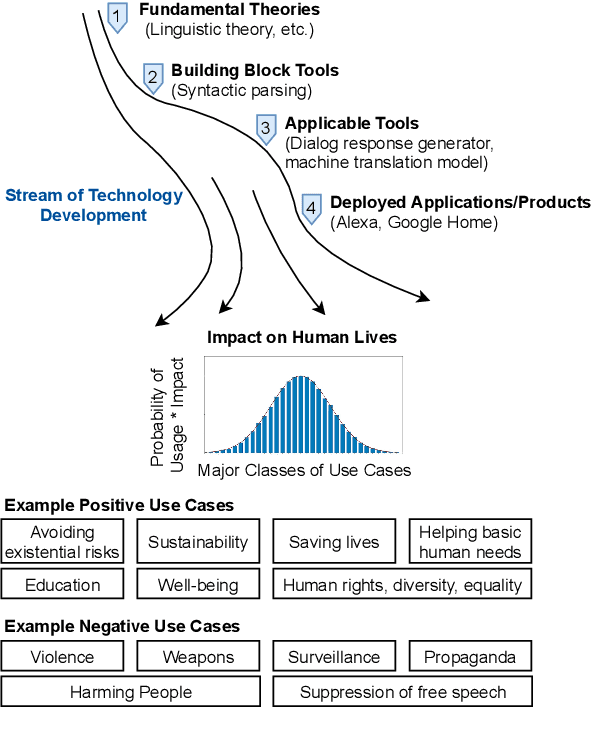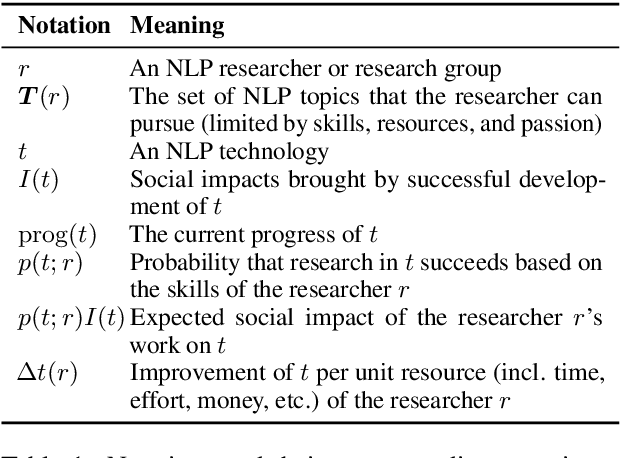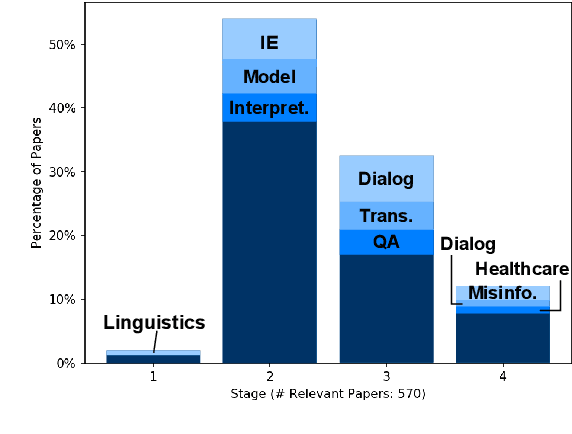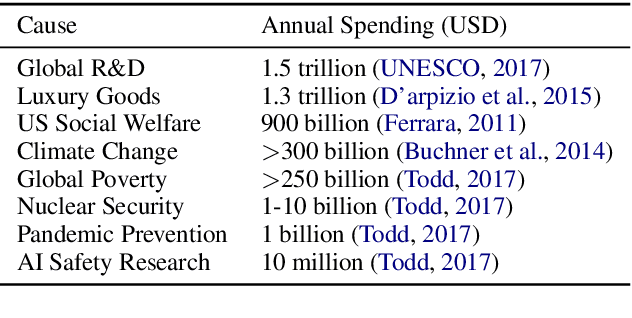Brian Tse
AI Alignment: A Comprehensive Survey
Nov 01, 2023Abstract:AI alignment aims to make AI systems behave in line with human intentions and values. As AI systems grow more capable, the potential large-scale risks associated with misaligned AI systems become salient. Hundreds of AI experts and public figures have expressed concerns about AI risks, arguing that "mitigating the risk of extinction from AI should be a global priority, alongside other societal-scale risks such as pandemics and nuclear war". To provide a comprehensive and up-to-date overview of the alignment field, in this survey paper, we delve into the core concepts, methodology, and practice of alignment. We identify the RICE principles as the key objectives of AI alignment: Robustness, Interpretability, Controllability, and Ethicality. Guided by these four principles, we outline the landscape of current alignment research and decompose them into two key components: forward alignment and backward alignment. The former aims to make AI systems aligned via alignment training, while the latter aims to gain evidence about the systems' alignment and govern them appropriately to avoid exacerbating misalignment risks. Forward alignment and backward alignment form a recurrent process where the alignment of AI systems from the forward process is verified in the backward process, meanwhile providing updated objectives for forward alignment in the next round. On forward alignment, we discuss learning from feedback and learning under distribution shift. On backward alignment, we discuss assurance techniques and governance practices that apply to every stage of AI systems' lifecycle. We also release and continually update the website (www.alignmentsurvey.com) which features tutorials, collections of papers, blog posts, and other resources.
How Good Is NLP? A Sober Look at NLP Tasks through the Lens of Social Impact
Jun 04, 2021



Abstract:Recent years have seen many breakthroughs in natural language processing (NLP), transitioning it from a mostly theoretical field to one with many real-world applications. Noting the rising number of applications of other machine learning and AI techniques with pervasive societal impact, we anticipate the rising importance of developing NLP technologies for social good. Inspired by theories in moral philosophy and global priorities research, we aim to promote a guideline for social good in the context of NLP. We lay the foundations via moral philosophy's definition of social good, propose a framework to evaluate NLP tasks' direct and indirect real-world impact, and adopt the methodology of global priorities research to identify priority causes for NLP research. Finally, we use our theoretical framework to provide some practical guidelines for future NLP research for social good. Our data and codes are available at http://github.com/zhijing-jin/nlp4sg_acl2021
 Add to Chrome
Add to Chrome Add to Firefox
Add to Firefox Add to Edge
Add to Edge